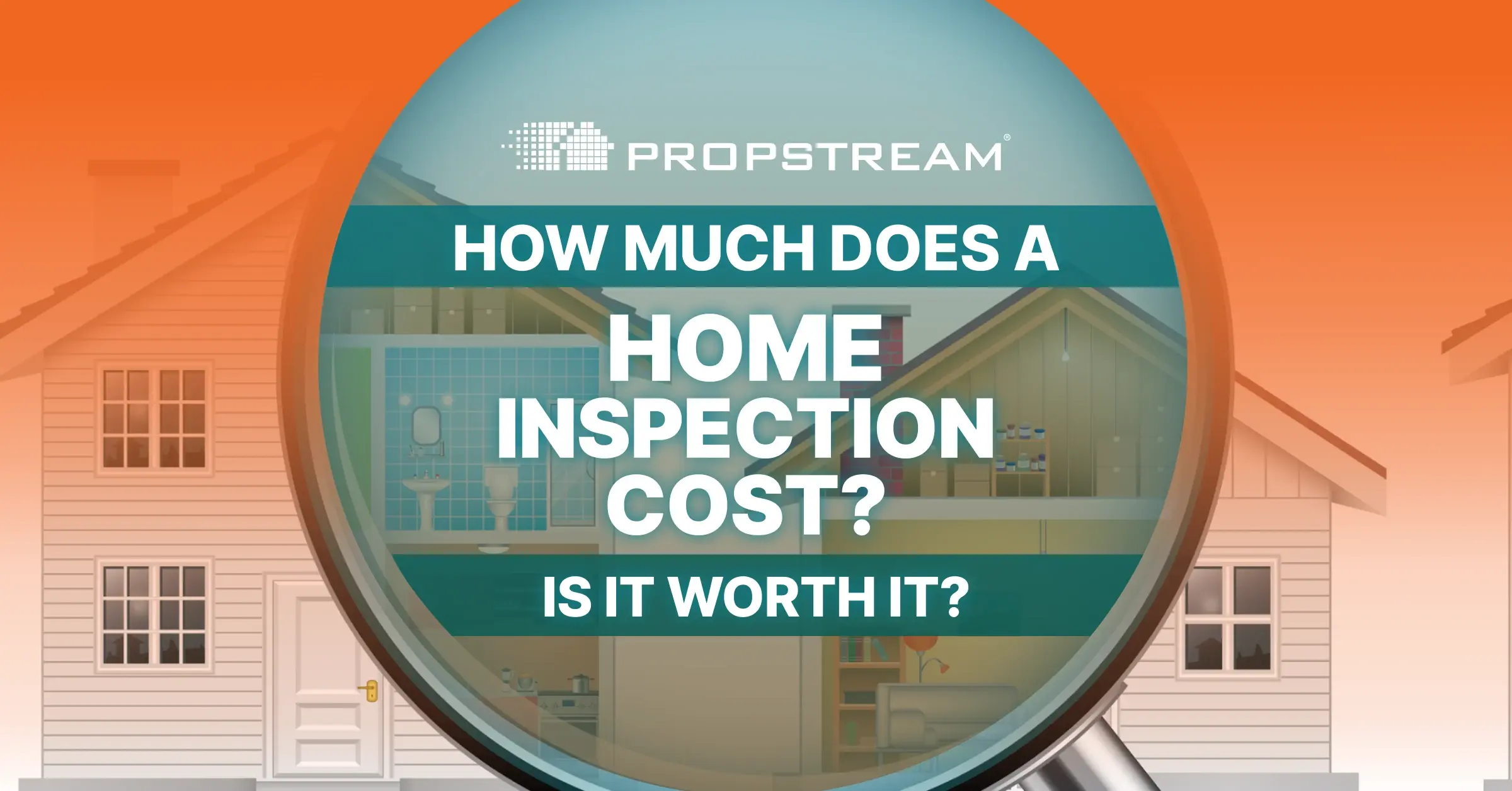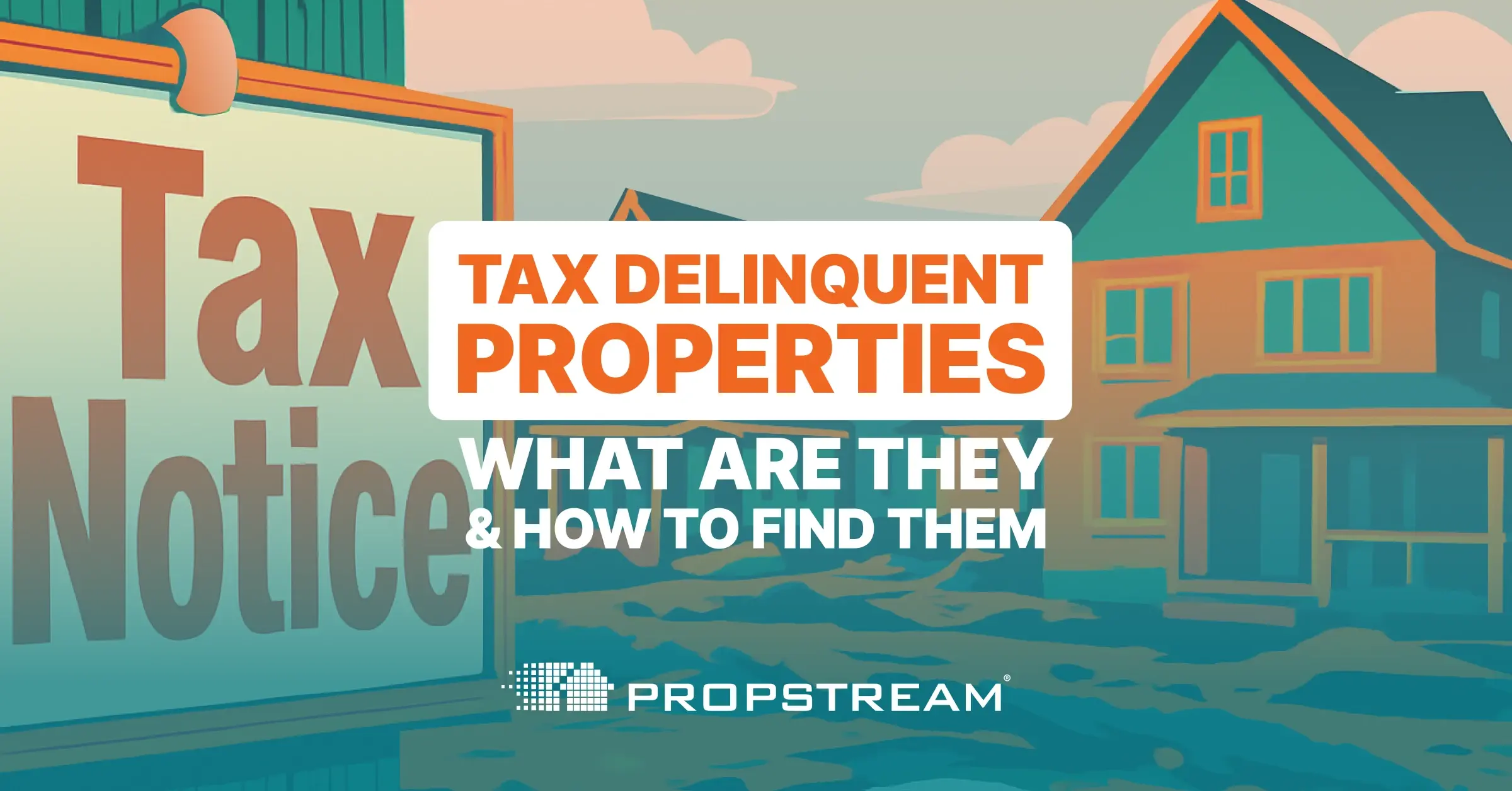The U.S. housing market is weathering the 2020 recession well, with many local markets seemingly unfazed by the economic uncertainty caused by the outbreak of COVID-19. But we are seeing a shift in what buyers and renters are looking for amid the pandemic.
With people spending more time at home than usual this year, many have come to value more living space and outdoor space. Simultaneously, the discovery that a lot of people are able to work productively from home has made commuting criteria less important than they were pre-pandemic. And many are looking to relocate to areas with lower population density to minimize the likelihood of contracting the virus.
Suburbs are a perfect match for this new buyer and renter wish-list. And urban areas are losing some of their appeal because of this changing criteria, making relocations from cities to suburbs popular in the age of COVID-19.
Whether you’re planning to buy and hold or fix and flip, here’s a simple three-step strategy to help real estate investors take advantage of the urban exodus.
Step 1: Get an Income Property in the Suburbs
In May of 2020, immediately following the initial U.S. coronavirus outbreak, home searches in suburban ZIP codes jumped 13%, double the pace-of-growth for urban ZIP codes. To capitalize on the urban exodus, you need to own property where today’s buyers and renters are looking to live.
PropStream’s property search tool can narrow your search to suburban markets, but it can also help you find better-than-average deals by filtering distressed properties. Distressed properties (those affected by factors such as pre-foreclosure, involuntary liens and divorce) can often be purchased under market value because the sellers are particularly motivated for a quick sale.
You can also use PropStream’s step-by-step analysis wizard to calculate expenses, cash flow and return on investment (ROI) for properties of interest. This quick analysis allows you to review more potential deals in less time so you can focus on the properties that will maximize your ROI.
Step 2: Market Your Property to City Dwellers
Owners and renters in the suburbs are likely already enjoying lots of living space and outdoor areas—they know the benefits of suburban life. So, whether you’re renting out your suburban property or flipping it, target city dwellers with your marketing efforts.
Emphasize the extra living space available in the suburbs and point out how the per-square-foot price is much lower outside the city. Also highlight the available outdoor space and the low population density compared to highly populated urban areas.
Step 3: Cater to the Work-From-Home Crowd
With so many states issuing stay-at-home orders during the pandemic, we’ve found that many workers are able to work productively from home. And many employers are consenting to having employees continue to work remotely, either on a part-time or a full-time basis, following the pandemic. This makes home office space more important to buyers and renters than ever before.
Showcase the work-from-home potential in your income property by staging an area as a home office. This will instantly increase the value of the property for the growing work-from-home crowd.
To maximize your residential real estate investment income, give today’s buyers and renters what they want: more living area, some room to breathe outdoors, lower population density and some space to work from home. The suburbs tick all these boxes, making them the perfect place to invest in the age of COVID-19.



